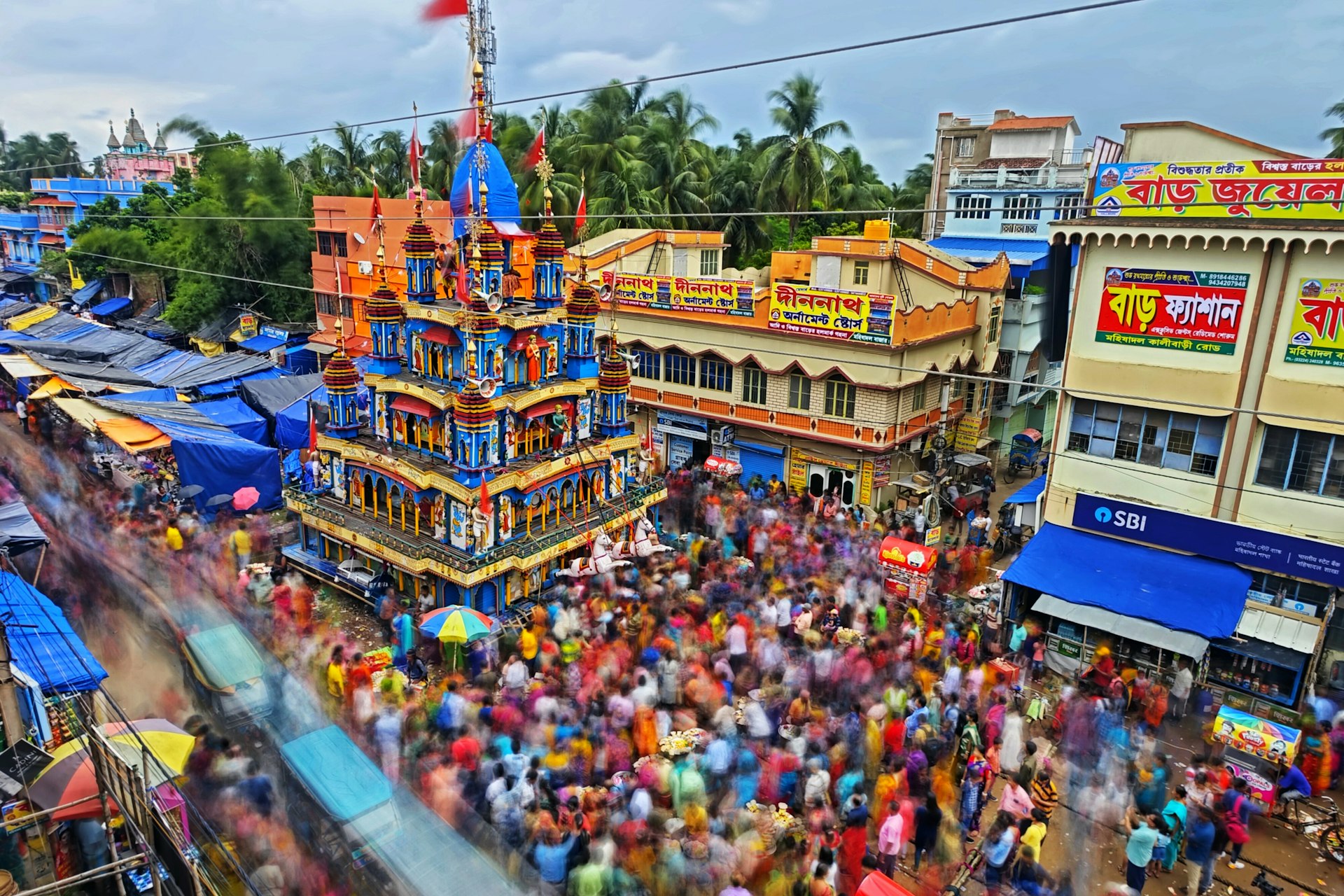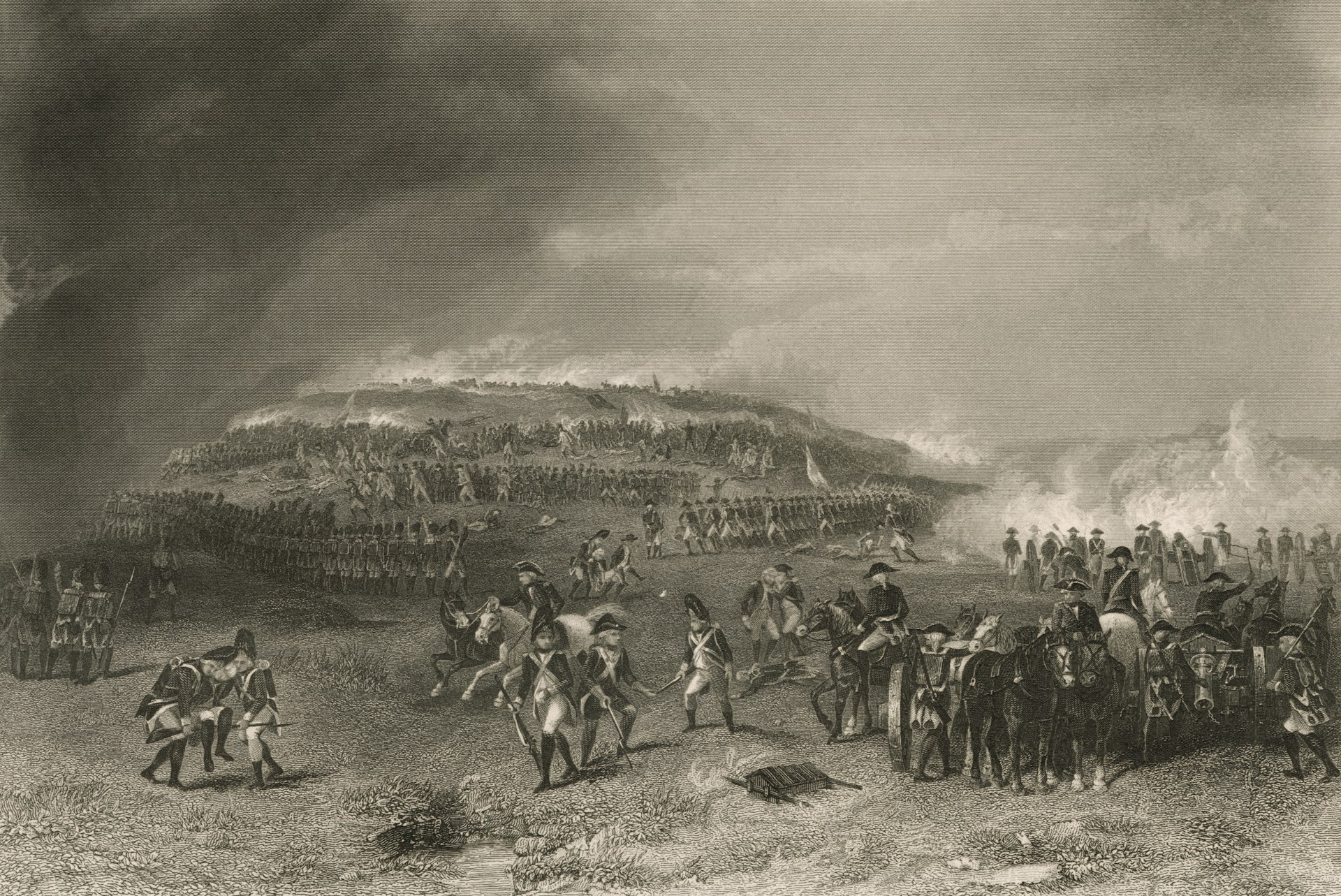Your Guide to Dark Sky Tourism: Plan the Ultimate Stargazing Adventure

Photo by Brent Cox on Unsplash
Introduction to Dark Sky Tourism
Dark sky tourism is a rapidly growing travel niche that invites adventurers, nature lovers, and astronomy enthusiasts to explore destinations renowned for their pristine, unpolluted night skies. These locations, known as Dark Sky Parks , reserves, and communities, offer unparalleled opportunities for stargazing, astrophotography, and connecting with nocturnal nature in ways increasingly rare in urbanized environments. As light pollution intensifies globally, certified dark sky destinations provide a sanctuary where the majesty of the cosmos is preserved for all to enjoy [4] .
Why Choose a Dark Sky Destination?
Certified Dark Sky Places are specially designated areas that protect nightscapes through responsible lighting policies, conservation efforts, and public education. Visiting these sites allows travelers to:
- Witness celestial phenomena such as meteor showers, planet alignments, and the Milky Way
- Participate in guided stargazing tours and educational programs
- Enjoy sustainable lodging options and immersive outdoor experiences
- Support local conservation and stewardship initiatives
There are now over 230 Dark Sky Places across 22 countries, spanning more than 160,000 square kilometers of protected land and night sky [4] .
Top Dark Sky Destinations Worldwide
United States
With 88 certified parks, the US is a leader in dark sky conservation. Highlights include:
- Joshua Tree National Park : Designated in 2017, offers four stargazing areas and ranger programs. Winter months bring especially dark, lengthy nights. Average round-trip flight to Palm Springs is about $376 [1] .
- Big Bend National Park : Renowned for its remoteness and ranger-led stargazing events. Average round-trip flight to Midland, Texas is $324 [1] .
- Grand Canyon National Park : Open 24/7, with notable stargazing points like Mather Point and Cape Royal. Round-trip flights to Flagstaff, Arizona average $595 [1] .
Other notable US locations include Chaco Canyon and Valles Caldera in New Mexico, Stephen C. Foster State Park in Georgia’s Okefenokee Swamp, and Headlands International Dark Sky Park in Michigan [2] .
International Highlights
- Atacama Desert, Chile : Known for some of the clearest skies on Earth, featuring accommodations like Elqui Domos [3] .
- Kawarau Gibbston Dark Sky Park, New Zealand : Offers dramatic landscapes and unique stargazing experiences, with luxury lodging at Gibbston Valley Lodge starting at $510/night [3] .
- Torres del Paine National Park, Chile ; Los Glaciares National Park, Argentina ; Namib Desert, Namibia ; Kruger National Park, South Africa : These global hotspots combine wilderness adventure with celestial wonder [5] .
Many parks worldwide offer guided tours and sustainable accommodations, often pairing stargazing with local cultural and nature experiences [3] .
How to Plan Your Stargazing Trip
To embark on a dark sky adventure, consider these steps:

Photo by Mita Park on Unsplash
- Research Destinations : Begin by exploring certified parks and reserves via the International Dark Sky Places directory [4] . Look for regions with minimal light pollution and accessible amenities.
- Book Lodging : Many dark sky destinations offer eco-friendly accommodations ranging from campgrounds to luxury lodges. For example, in New Zealand, consider Gibbston Valley Lodge, and in Chile, Elqui Domos [3] .
- Check Astronomical Events : Plan your trip around major celestial events like meteor showers or planetary alignments. National park websites and astronomy organizations often provide event calendars.
- Pack Accordingly : Nighttime temperatures can drop rapidly, especially in desert or mountainous areas. Bring layers, binoculars, telescopes, and red-light flashlights for optimal viewing.
- Participate in Guided Programs : Many parks and reserves offer ranger-led programs or local astronomy club events. These can enrich your experience with expert insights and equipment.
If you’re unsure where to start, consider contacting local tourism boards or searching for “dark sky tourism” and “stargazing trips” in your region. Many travel agencies and national parks offer specialized packages for astro-tourists.
What to Expect: Activities and Experiences
Dark sky tourism is more than just stargazing. Typical activities include:
- Astrophotography workshops led by professionals
- Nighttime wildlife watching and nocturnal ecology walks
- Star parties and telescope viewing events
- Educational talks on astronomy, light pollution, and conservation
For instance, Big Bend and Joshua Tree National Parks regularly host public programs, while international locations such as Gibbston Valley Lodge combine stargazing with spa treatments and vineyard experiences [3] .
Challenges and Solutions
While dark sky tourism offers unique rewards, travelers may face certain challenges:
- Remote Access : Many dark sky parks are distant from urban centers. Plan for longer travel times and limited cellular coverage. Use local transport options and consider guided tours when available.
- Weather Variability : Clear skies are essential. Monitor weather forecasts and consult local guides for best viewing periods.
- Limited Facilities : Some parks have minimal amenities; prepare by bringing supplies and verifying available services in advance.
To address these, research each destination’s official website or contact visitor centers for the latest updates on conditions, accessibility, and recommended gear.
Alternative Approaches to Stargazing
If travel to remote locations is not feasible, there are alternatives:
- Seek out certified Dark Sky Communities closer to home, which implement local lighting ordinances to preserve night visibility.
- Join astronomy clubs or attend local stargazing events, often hosted at planetariums, observatories, or science centers.
- Use mobile apps to locate nearby areas with low light pollution for impromptu stargazing outings.
Additionally, the International Dark Sky Places program offers guidance on how to support dark sky conservation efforts in your community [4] .
Summary & Key Takeaways
Dark sky tourism opens a gateway to unforgettable natural experiences, blending adventure, education, and conservation. With hundreds of certified locations worldwide, travelers can immerse themselves in the wonders of the night sky while supporting efforts to protect it for future generations. Whether you seek a luxury lodge under the Southern Hemisphere’s stars or a rustic camping trip in the American West, a stargazing journey is within reach. Begin your planning by researching destinations, checking event calendars, and packing for comfort and curiosity. For more details, consult the references below or contact your local tourism board for personalized guidance.
References
- [1] KAYAK (2025). The Best Dark Sky Parks for Stargazing in 2025.
- [2] Global Traveler USA (2025). A Whole New Adventure Appears in Dark Sky Destinations.
- [3] Locals Insider (2025). Chasing the Stars: The Guide to Dark Sky Travel for 2025.
- [4] DarkSky (2025). International Dark Sky Places.
- [5] GoCollette (2025). Exploring the Wonders of Dark Sky Tourism: A Global Adventure.
MORE FROM oncecoupon.com













